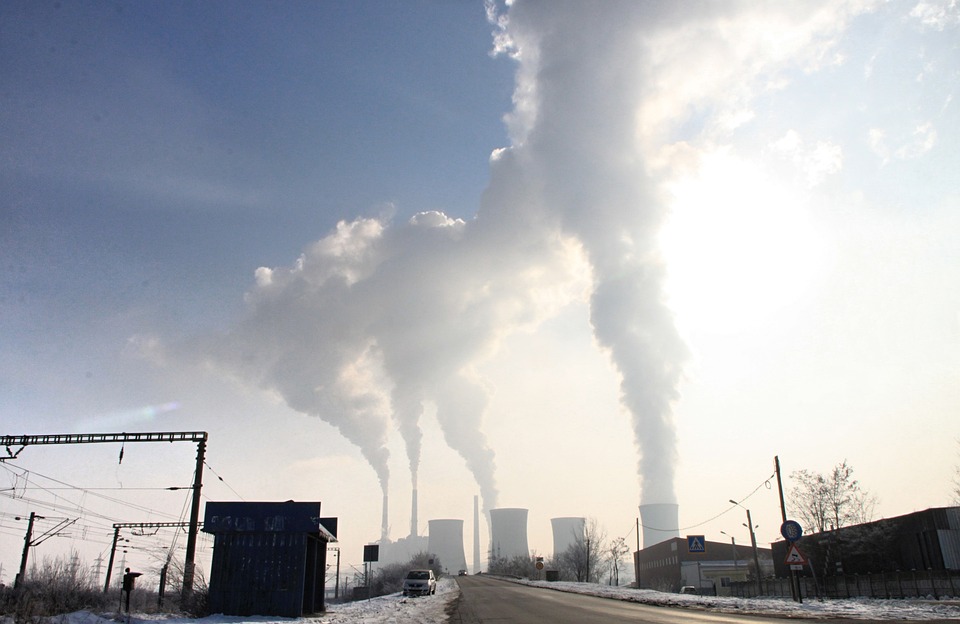How Does Elevation Impact Climate? Exploring the Relationship Between Altitude and Weather Patterns
Introduction
Elevation plays a crucial role in shaping climate and weather patterns across the globe. Understanding how elevation affects climate is essential for various fields, including agriculture, urban planning, and ecosystem conservation. As climate change progresses, the implications of elevation on local and regional climates become increasingly significant.
What is Elevation and How is it Measured?
Elevation refers to the height of a location above sea level, typically measured in meters or feet. It differs from altitude, which can refer to the height of an object in relation to a reference point, and topography, which encompasses the physical features of the land. Climate zones, such as tropical, temperate, and polar regions, are influenced by elevation; as one ascends in altitude, these zones transition into cooler climates with distinct weather patterns.
The Relationship Between Elevation and Temperature
One of the primary effects of elevation on climate is temperature. The lapse rate describes how temperature decreases with increasing elevation—on average, about 6.5°C for every 1,000 meters (or approximately 3.5°F per 1,000 feet) gained. This phenomenon explains why mountainous regions often have cooler climates compared to surrounding lower areas. For instance, Mount Everest’s extreme altitude results in frigid temperatures that can plummet to -76°F[1][3].
Impact of Elevation on Precipitation Patterns
Elevation significantly influences precipitation through mechanisms such as orographic lift. When moist air encounters a mountain range, it is forced to rise, cools, and condenses to form precipitation on the windward side. Conversely, the leeward side often experiences drier conditions due to the rain shadow effect. A classic example is the Sierra Nevada mountains in California; while their western slopes receive abundant rainfall, the eastern slopes are much drier[1][2].
Effects of Elevation on Air Pressure and Oxygen Levels
As elevation increases, air pressure decreases due to the thinning of the atmosphere. This reduction in pressure affects climate by influencing temperature stability and weather patterns. Additionally, lower oxygen levels at high altitudes can impact human activities and biodiversity; many plants and animals have adapted to survive in these conditions despite lower oxygen availability[3][8].
Elevation and Unique Ecosystems
High elevations foster unique ecosystems characterized by distinct climate zones such as alpine and montane regions. These ecosystems host specialized flora and fauna that have adapted to colder temperatures and shorter growing seasons. For example, cloud forests thrive in humid conditions at high altitudes, while tundra ecosystems are found in colder regions[3][4].
Climate Variability at High Elevations
High-elevation areas often experience greater temperature variability and intense ultraviolet (UV) radiation exposure due to thinner atmosphere layers. Snow and ice cover play a critical role in regulating temperatures by reflecting solar radiation; however, as these surfaces melt due to warming temperatures, they expose darker ground that absorbs more heat[5][7].
Impact of Climate Change on High-Elevation Climates
Climate change has profound effects on high-altitude regions. Research indicates that temperatures above 4,000 meters have risen significantly faster than those at lower altitudes—by about 75% more over the past two decades[5]. This warming leads to earlier snowmelt and altered water supply patterns that can threaten agriculture and water availability for downstream communities[6][7]. Additionally, changing temperatures may disrupt local ecosystems by forcing species migration or leading to local extinctions.
FAQs
– Why does temperature decrease with elevation?
Temperature decreases with elevation primarily due to lower air pressure at higher altitudes, which reduces the density of air molecules that trap heat.
– What is a rain shadow, and how does it form?
A rain shadow forms when moist air rises over a mountain range; it cools and loses moisture on the windward side but remains dry on the leeward side due to descending air.
– Are high-elevation climates more vulnerable to climate change?
Yes, high-elevation climates are experiencing faster warming rates compared to lower elevations, making them particularly vulnerable to changes in water supply and ecosystem stability.
– How does elevation impact agriculture?
Elevation affects growing seasons and crop viability; higher elevations may limit agricultural options due to cooler temperatures and shorter growing seasons.
– What adaptations do plants and animals have in high-elevation climates?
Many high-elevation species exhibit adaptations such as shorter growth forms, specialized root systems for nutrient acquisition, and physiological changes to cope with low oxygen levels.
– Can elevation create extreme weather conditions?
Yes, elevation can contribute to localized extreme weather events due to increased atmospheric instability at higher altitudes.
Conclusion
In summary, elevation significantly impacts temperature, precipitation patterns, and biodiversity across various climates worldwide. Recognizing these relationships is vital for understanding environmental changes driven by climate change. Continued research into high-elevation climates will be crucial for developing strategies aimed at mitigating adverse effects on ecosystems and human communities alike.

Kyle Whyte is a notable scholar and professor at the University of Michigan, holding positions such as the George Willis Pack Professor in the School for Environment and Sustainability and Professor of Philosophy. Specializing in environmental justice, his work critically examines climate policy and Indigenous peoples’ ethics, emphasizing the nexus between cooperative scientific endeavors and Indigenous justice. As an enrolled Citizen Potawatomi Nation member, he brings a vital perspective to his roles as a U.S. Science Envoy and member of the White House Environmental Justice Advisory Council. His influential research is supported by various prestigious organizations including the National Science Foundation, and disseminated through publications in high-impact journals. Kyle actively contributes to global Indigenous research methodologies and education, with affiliations to numerous institutes and societies dedicated to traditional knowledge and sustainability. Recognized for his academic and community engagement, Kyle has earned multiple awards and served in various visiting professorships. His efforts extend to leadership positions on boards and committees focused on environmental justice nationwide.
